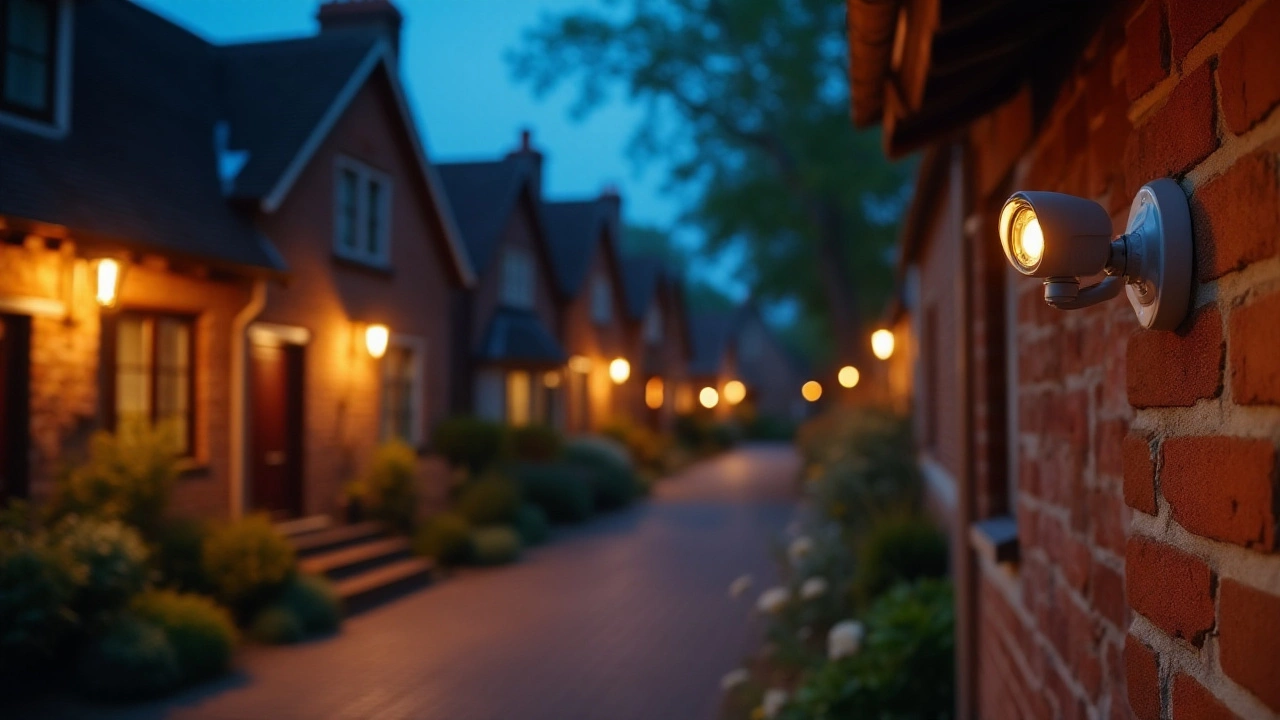Ever wonder why your home feels safer when you can see what’s happening from your phone? That’s the power of modern surveillance technology. From tiny night‑vision sensors to full‑size smart doorbells, the tools you need are cheaper and easier than ever. Let’s break down the most useful gear and how to get the best out of it.
Night‑vision used to be a fancy military thing, but today most security cameras have built‑in IR LEDs that light up a scene without flashing visible light. The result? Clear footage of a raccoon or a potential intruder even when the sun goes down. If you’re buying a new camera, look for a spec that mentions “IR range” – a 10‑meter range works for most front‑door setups.
Smartphones are getting better too. Many phones now include a “night mode” that stacks multiple exposures to brighten a dark scene. While a phone can’t replace a dedicated IR camera, it’s handy for a quick check of a backyard after dark. Just enable the night mode, hold the phone steady, and you’ll see surprisingly detailed images.
Don’t forget to keep the camera lenses clean. Dust or spider webs can turn a sharp night shot into a blurry mess. A quick wipe with a microfiber cloth does the trick.
Wireless cameras eliminate the need to run long Ethernet cables. They connect to your home Wi‑Fi and stream video straight to an app on your phone. When picking a wireless unit, check three things: Wi‑Fi band (2.4 GHz reaches farther, 5 GHz is faster), power source (battery vs. plug‑in), and storage (cloud vs. local microSD).
Battery‑powered cameras are great for places without easy power, but they need regular charging or solar panels. Plug‑in models stay on forever, but you’ll have to run a power line. Many users combine both: a plug‑in cam for the front door and a battery‑run cam for the garden.
Smart doorbells are the latest buzz. They act like a mini‑camera, speaker, and motion sensor in one. When someone rings, you get a push notification and can talk back through your phone. Look for models that offer free basic video storage if you want to avoid monthly fees.
Security isn’t just about the hardware. Make sure your Wi‑Fi network uses WPA3 encryption – older protocols like WEP and WPA2 can be cracked easily. Change the default passwords on every device and enable two‑factor authentication on the app if it’s available.
Finally, think about placement. Avoid pointing cameras straight at bright streetlights; glare can wash out the image. The best spots are about 8‑10 feet high, angled down to cover doors and windows without exposing too much of the neighbor’s yard – that keeps you on the right side of privacy laws.
Surveillance technology keeps evolving, but the core ideas stay the same: clear night vision, reliable power, secure network, and smart placement. Check out the guides below for deep dives on night‑vision cameras, wireless setups, and the top smart doorbells for 2025. With the right mix of gear and a few simple habits, you’ll have peace of mind without breaking the bank.

Get the inside scoop on the best night vision for security in 2025. Find out what works, what matters, and why good night vision is a game-changer.

Not all surveillance cameras come equipped with night vision capabilities. While many modern security cameras do boast this feature, there are variations in infrared technology, image quality, and functionality. Some cameras use advanced infrared LEDs, while others rely on low-light color sensors. It's important to understand different options available to make an informed choice based on surveillance needs.